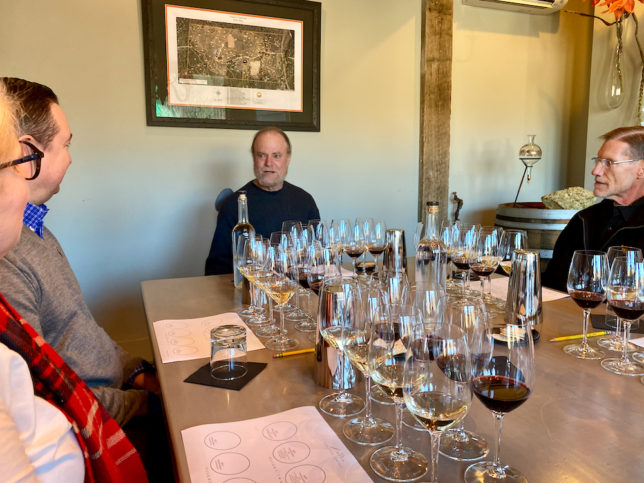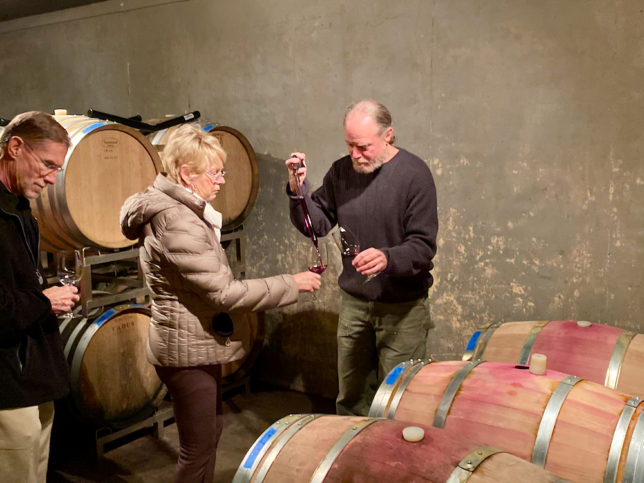India Ambien Online Fall is already upon us, and we look forward to cooler weather and changing colors. This usually means changing wine tasting habits to heavier pours and heartier meals. However, our trip to the Charlottesville area reminded me that some wines, even Virginia wines, are versatile and meant to be enjoyed throughout the year. Here I will present some examples based on our tasing experience in August.
Ambien Buy Mail Order White Wines:
Albarino and Sauvignon Blanc: These two varieties continue to show well in certain regions of Virginia. Micro-climate is key with these. I continue to be impressed with the Albarino produced by Afton Mountain Vineyards, and the 2019 vintage is very good. One bottle came back to our cottage for a crab cake dinner, and three other bottles came home for future enjoyment. Speaking of seafood, the local oyster season should continue through the fall and both the 2018 Sauvignon Blanc from Stinson Vineyards and 2019 vintage of the same grape from Veritas are option to consider when enjoying freshly shucked bivalves from local watersheds.
https://chemxtree.com/k6u50ci7z 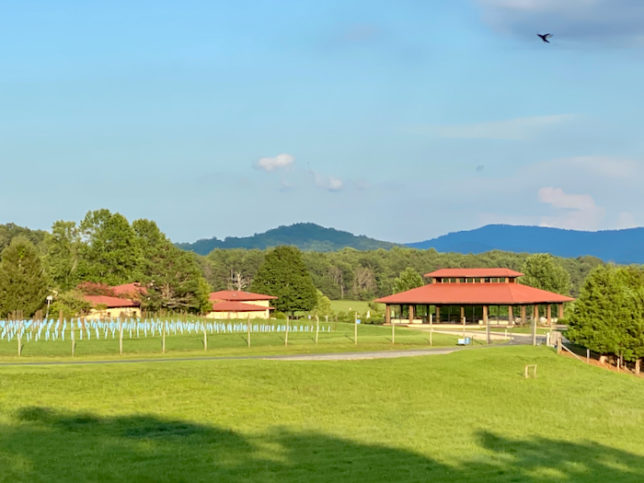
https://www.emilymunday.co.uk/myt8fqk4 Chardonnay: I am a fan of Chardonnay, and I don’t care what ABCers think about it! Virginia Chardonnay often sits in the shadow of the more marketed Viognier; however, I think Chardonnay is the more consistent hitmaker. Styles range, of course, so taste and purchase your own favorites. Pollak Vineyards’ 2018 vintage presents a more fruit-forward, lighter-bodied style while the 2018 vintage from Hark Vineyards presents a fuller-bodied style complete with a toasty edge consistent with some barrel aging. The 2019 bottling from Keswick Vineyards was my favorite—-lots of apple and pear notes with enough body to enjoy on its own or with food. Shellfish, roasted poultry, creamy cheeses—-all should play well with this Burgundy-style Chardonnay.
https://www.infoturismiamoci.com/2025/03/pj822926zk 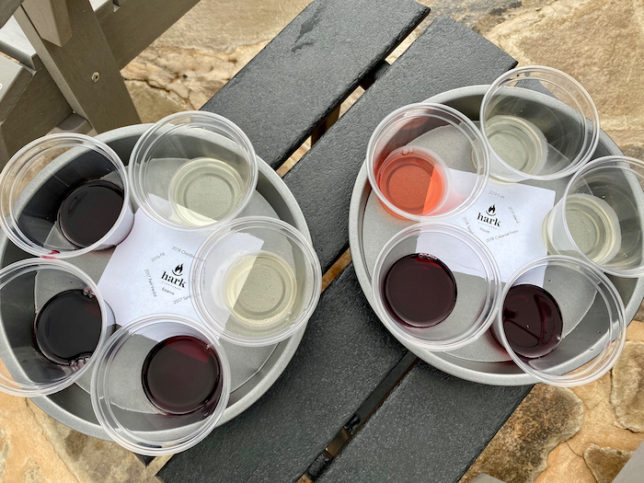
Buy Cheap Zolpidem Uk Petit Manseng: This grape continues to evolve as a contender for the Virginia All-Star variety. It is also one that we continue to grapple with—-do we prefer this as a dessert wine or something to serve with the main meal? Different wineries produce different styles and range from acidic to sweet and everything in between. To be honest, only a few have captured my attention enough to bring home; however, the Michael Shaps 2017 Petit Manseng did indeed capture my palate. Blended with 11% Rousanne and aged in 50% new French oak and 50% neutral French oak barrels for a total of nine months, this Petit Manseng captured the tropical fruit notes and full mouth feel of Rhone white wines. Poultry, including Thanksgiving turkey, herb-crusted pork loin and other roasted fare should partner nicely with this blend.
https://hazenfoundation.org/3w5zorsgqbf 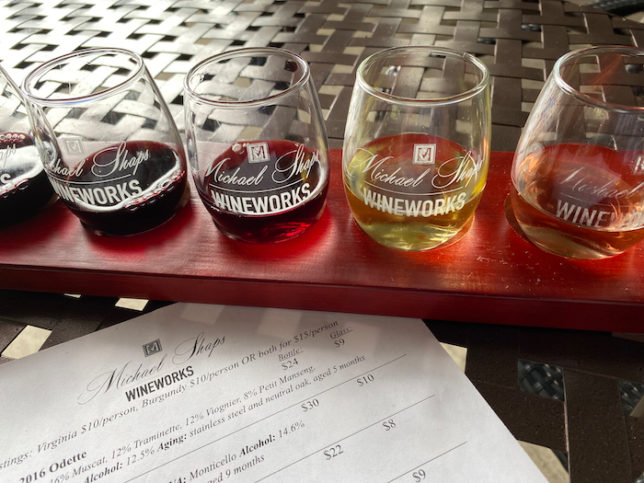
Buy Klonopin Legally Purchase Ambien Overnight Delivery Rosé:
Never fall into the trap that Rose is a summer sipper. Rosés are the most versatile wines, and they are produced in both dry and off-dry styles. In Virginia, some Rosés feature Merlot or Cabernet Franc, and others capture the fruity essence of Chambourcin. One of our favorites was the Crose 2019 from King Family Vineyards. Dry and reminiscent of Provence-style Rosé, we always have bottles of this one on the wine rack throughout the year. Serve with Thanksgiving dinner, New Years’ Eve party, etc. The same could be said of the 2018 Rosé from Afton Mountain Vineyards—-dry, crisp and refreshing.
https://www.tomolpack.com/2025/03/11/t0u1lkx7m 
https://ottawaphotographer.com/zqdb8b18o https://www.varesewedding.com/bvt5ontt Red Wines:
Cabernet Franc: Always a consistent favorite of Virginia wine lovers. Most of the wineries that we visited were offering the lighter-bodied 2018 vintage. Any of these could be an option for Thanksgiving dinner when a lighter-bodied red might be in order. The 2018 vintage from Hark Vineyards, for example, exhibited soft red berry and subtle herbal notes that could partner with turkey stuffed with herbs. On the other hand, feel free to serve these with grilled chicken while the weather is warm.
Merlot: This is another variety that can do well in Virginia. Paul is a fan of this grape, and he enjoyed the 2017 Merlot from Chateau MerrillAnne. A fruity palate and nice acidity makes it a favorite to pair with either grilled filet of beef or wait to pour with a roasted beef tenderloin when the leaves have fallen from the trees. The same is true of the 2017 vintage from Pollak Vineyards—-pour now with a final grilled beef dinner or allow to rest a bit longer on the wine rack.
https://www.scarpellino.com/01kfoquke 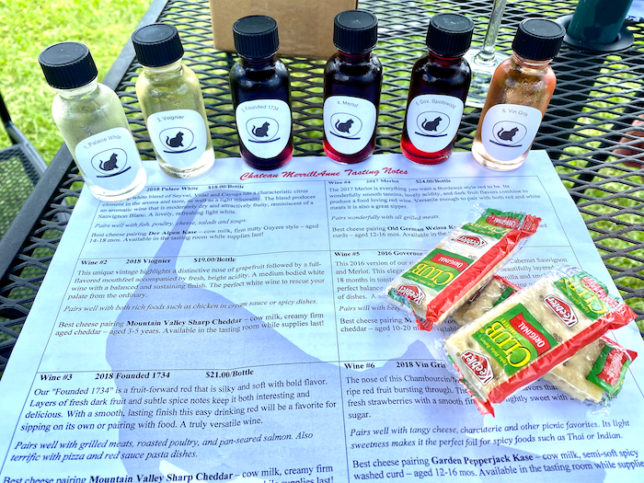
https://www.onoranzefunebriurbino.com/7dspbhny Red Blends: I think Bordeaux-style blends always present the best from Virginia red wines. We currently have a 2017 Melange a Quatre, a gold medal winner from Revelation Vineyards, on our wine rack and is a blend of Merlot, Cabernet Franc, and Cabernet Sauvignon (+1% Tannat). We were also able to sample the blockbuster 2019 Trevillian from Keswick Vineyards, a blend of Cabernet Sauvignon and Petit Verdot. Of course, no comment on blends would be complete without mentioning the always delicious, always complex Octagon. We indulged in a library tasting of the reserve wines at Barboursville, and the Octagon XVIII Edition 2015 was stunning. Any of blends mentioned here would be a contender for either aging a bit longer or enjoying now (decant first) with heartier meats or braised fare on a chilly evening.
https://www.infoturismiamoci.com/2025/03/dya6elax6n We continue to venture cautiously to Virginia wineries, and we were lucky to be able to visit the wineries mentioned in this post during the weekdays. Now that we are back in weekend mode, we will return to more selective visits. Please plan a tasting (but plan ahead) to the wineries mentioned in this post. Of course, do mention that Virginia Wine Time sent you!

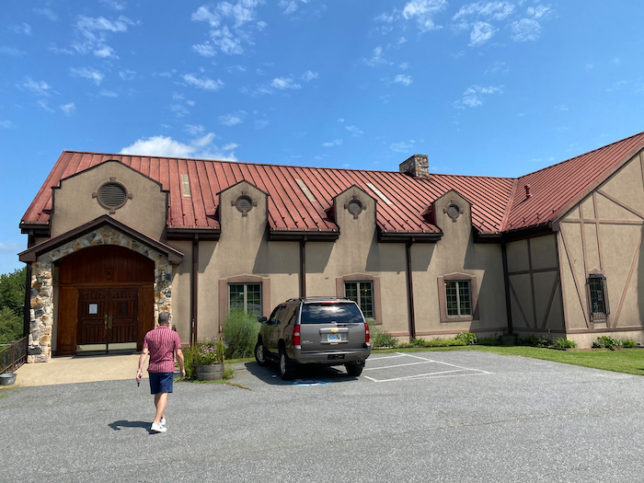
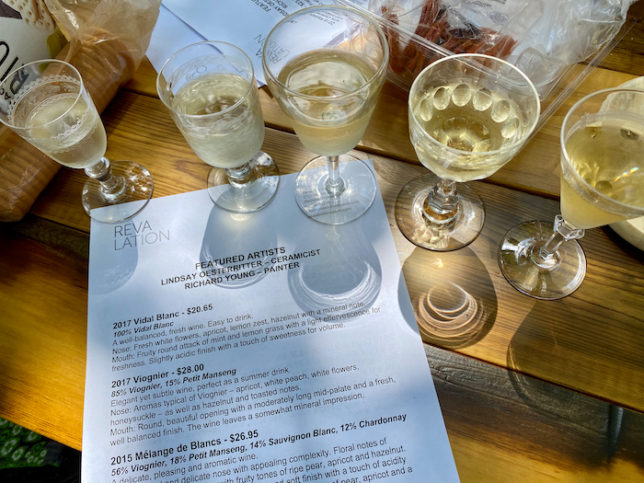
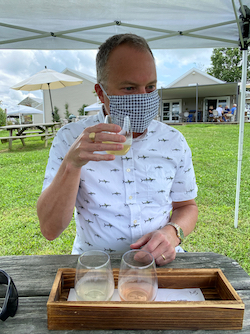 Masks: Yes—-wear them. Wear a face covering to converse with a tasting associate, to enter the building to use the restroom, or when you are not otherwise sipping wine. Masks may be removed when drinking or eating. Also, respect distanced seating arrangements and avoid moving furniture.
Masks: Yes—-wear them. Wear a face covering to converse with a tasting associate, to enter the building to use the restroom, or when you are not otherwise sipping wine. Masks may be removed when drinking or eating. Also, respect distanced seating arrangements and avoid moving furniture.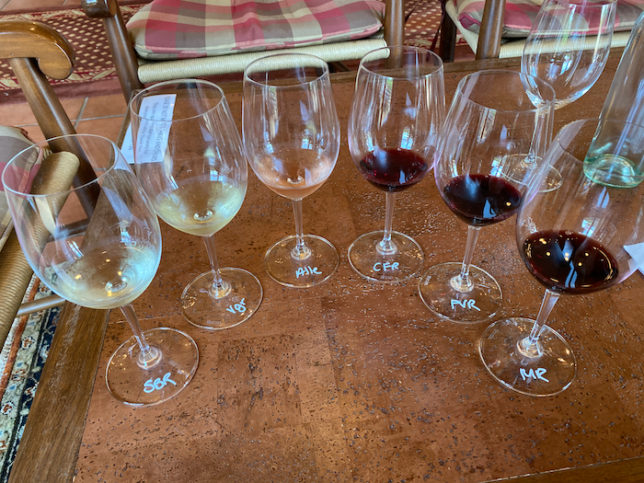
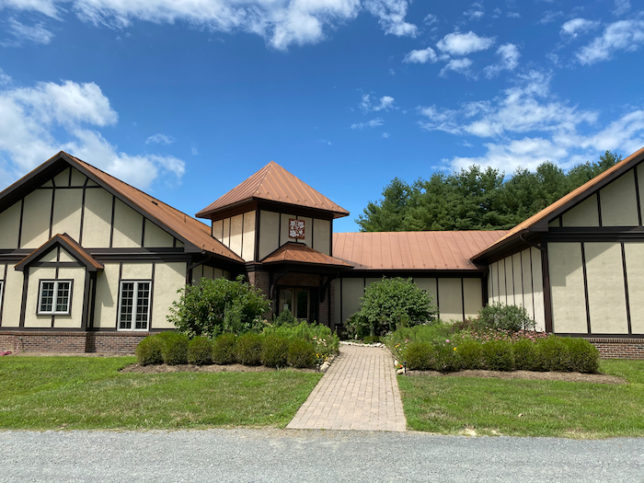
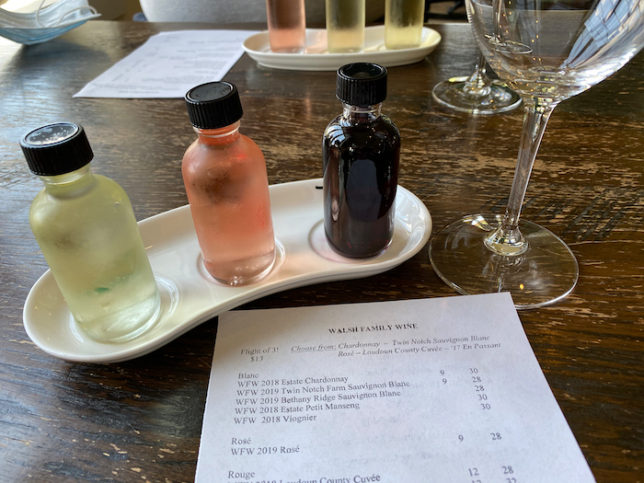
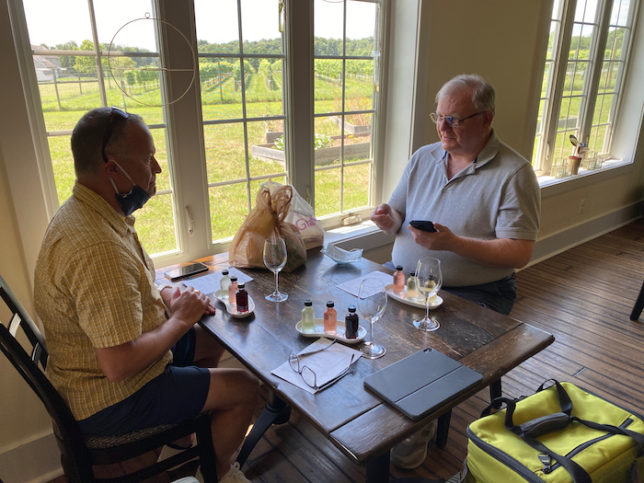
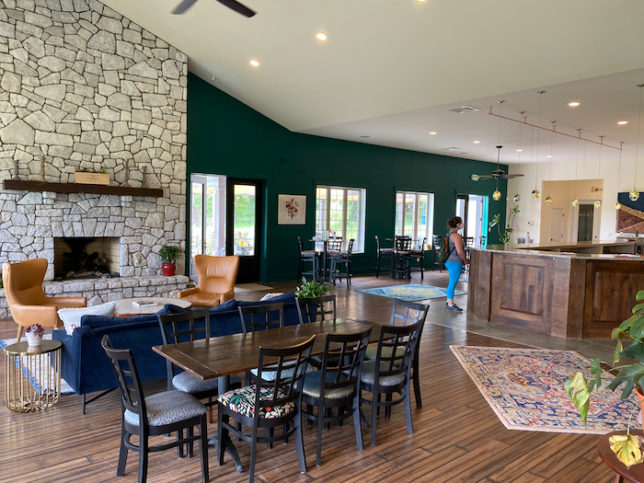

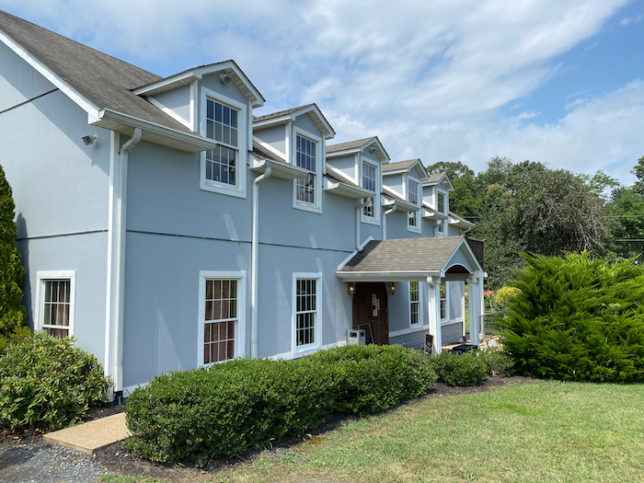
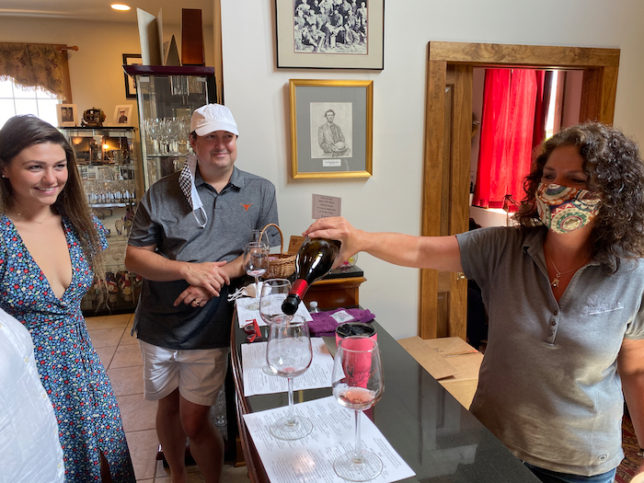
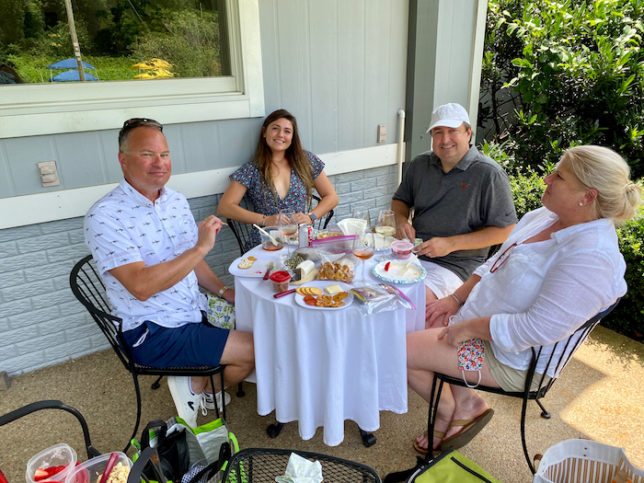
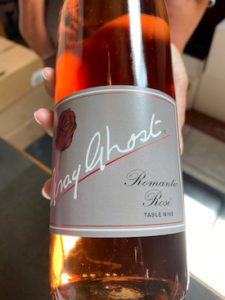 After our tasting we decided to enjoy some rosé with our lunch items. We were socially distancing from other guests at Gray Ghost while we enjoyed our lunch. It was a warm afternoon but the rosé made it cooler. Before leaving we secured a few bottles of the rosé plus some other favorites. Plan a trip to
After our tasting we decided to enjoy some rosé with our lunch items. We were socially distancing from other guests at Gray Ghost while we enjoyed our lunch. It was a warm afternoon but the rosé made it cooler. Before leaving we secured a few bottles of the rosé plus some other favorites. Plan a trip to 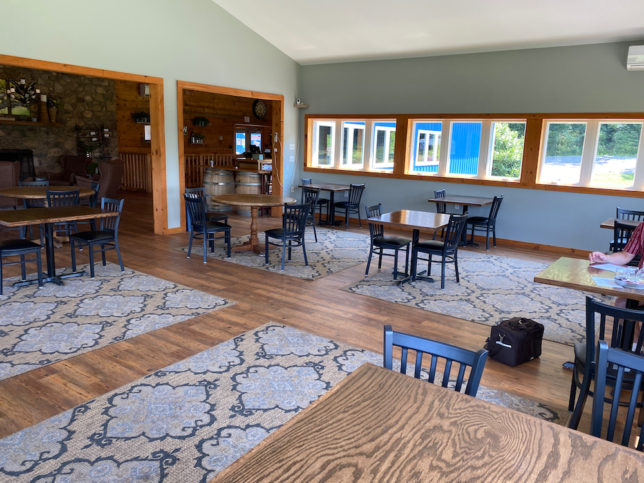
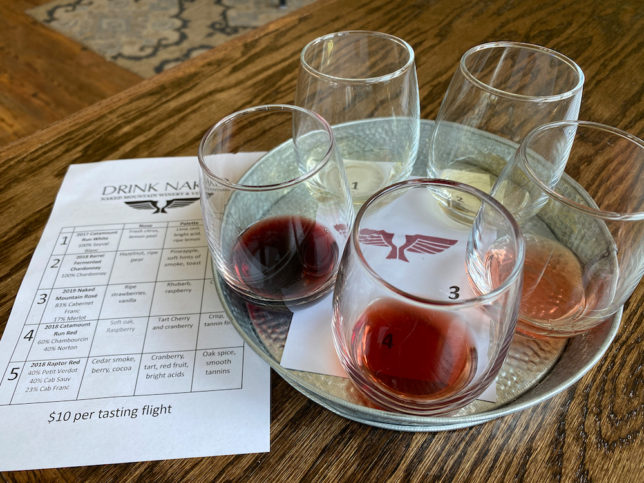
 At Naked Mountain there is plenty of space to spread out both indoors and out. They also have several food items for purchase and also allow visitors to bring their own food. Everyone was wearing masks and they are required when indoors.
At Naked Mountain there is plenty of space to spread out both indoors and out. They also have several food items for purchase and also allow visitors to bring their own food. Everyone was wearing masks and they are required when indoors.
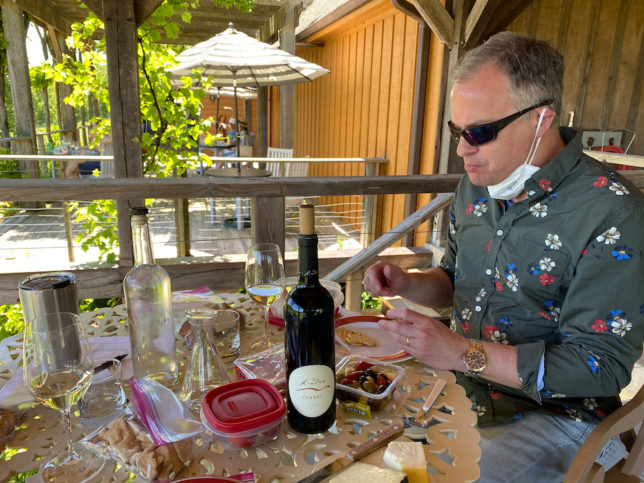

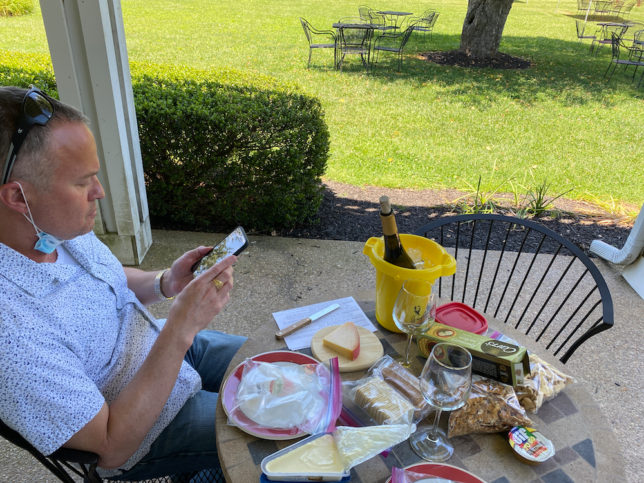


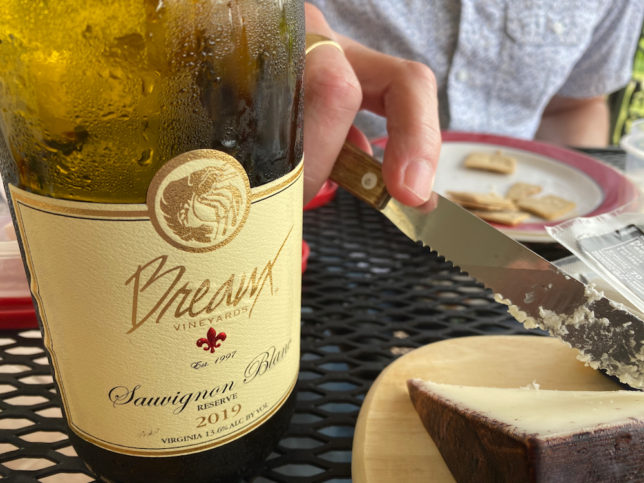

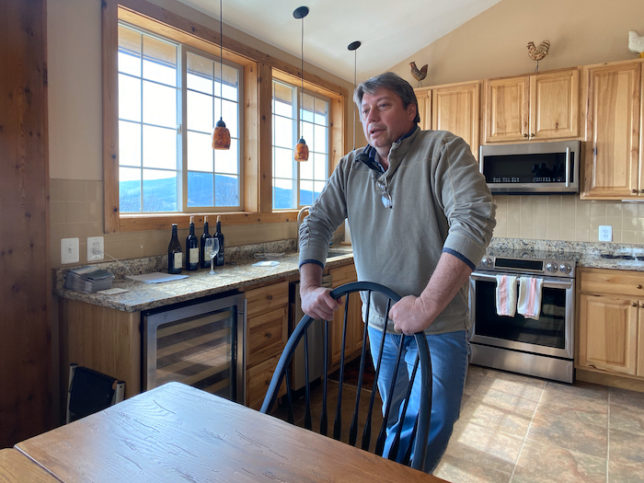

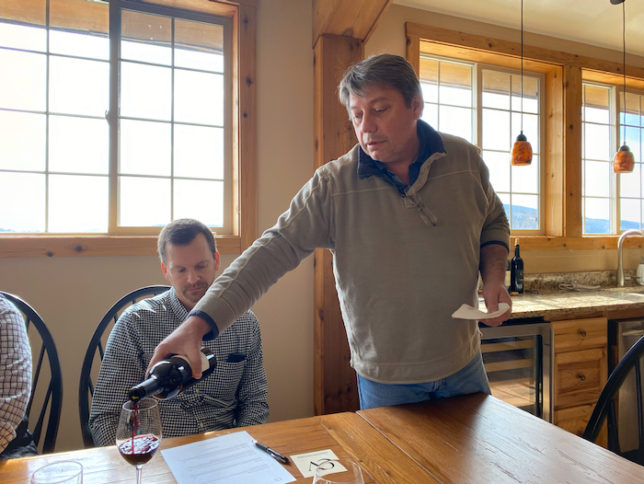

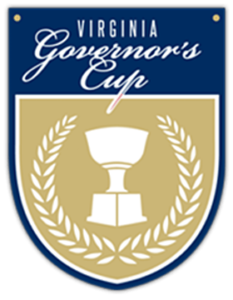 The Gold Medal winners in the Virginia Wineries Association Governor’s Cup Wine Competition have been announced. 64 different wines from 40 different wineries were awarded gold medals. 19 world-class judges tasted over 530 wines to select the best. Next week the Governor’s Cup winner will be announced at a special event held in Richmond. Congratulations to all the gold medal winners!
The Gold Medal winners in the Virginia Wineries Association Governor’s Cup Wine Competition have been announced. 64 different wines from 40 different wineries were awarded gold medals. 19 world-class judges tasted over 530 wines to select the best. Next week the Governor’s Cup winner will be announced at a special event held in Richmond. Congratulations to all the gold medal winners!

